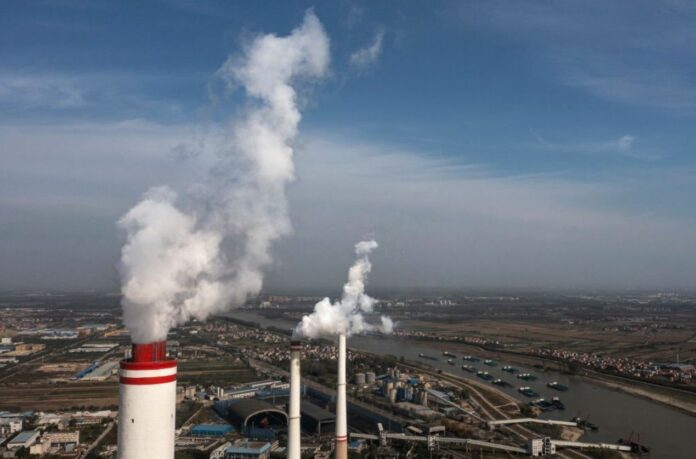When it comes to taking carbon dioxide out of the air, brown algae are true miracle plants. They are so effective at this that they even outcompete terrestrial trees and serve a crucial role in regulating our temperature and atmosphere.
In a new study published in PNAS, scientists from the Max Planck Institute for Marine Microbiology reveal that brown algae have the potential to mitigate climate change by permanently removing significant quantities of carbon dioxide from the global carbon cycle.
Algae grow from atmospheric carbon dioxide. They put up to a third of the carbon they take in back into the seawater, such as through sugary waste.
These excretions either sink to the bottom or are immediately consumed by other animals, depending on the form of the excretions.
“The excretions of brown algae are very complex and therefore incredibly complicated to measure,” adds first author Hagen Buck-Wiese. “However, we have managed to develop a method to analyse them in detail.”
Using this technique, the researchers examined a wide range of substances. The so-called fucoidan proved to be very intriguing.
“Fucoidan made up about half of the excretions of the brown algae species we studied, the so-called bladderwrack,” adds Buck-Wiese.
Fucoidan is a stubborn molecule.
“The fucoidan is so complex that it is very hard for other organisms to use it. No one seems to like it.”
As a consequence, the carbon from fucoidan does not soon return to the environment.
“This makes the brown algae particularly good helpers in removing carbon dioxide from the atmosphere in the long term – for hundreds to thousands of years.”
Nearly all of Germany’s carbon dioxide emissions could be absorbed by brown algae.
Brown algae are very productive. They absorb roughly 1 gigaton of carbon each year from the air.
Based on the results of this study, this would mean that brown algae store up to 0.15 gigatons of carbon, which is the same as 0.55 gigatons of carbon dioxide, each year.
According to the Federal Environment Agency (Umweltbundesamt, estimation for 2020), Germany emits 0.74 gigatons of carbon dioxide annually.
“And even better: The fucoidan does not contain any nutrients such as nitrogen,” Buck-Wiese adds.
Therefore, the brown algae’s growth is not impacted by carbon losses.
Image Credit: Getty Images
